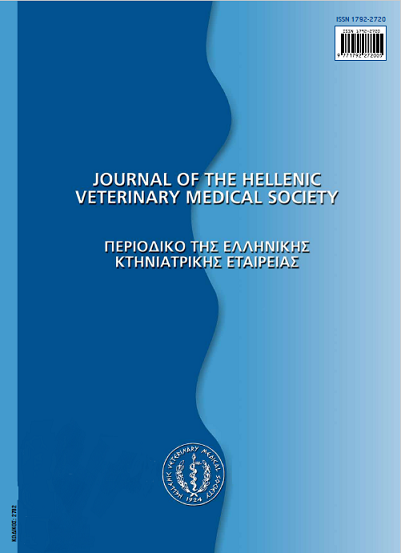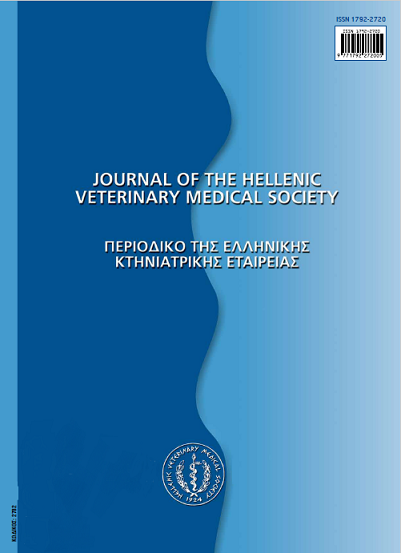Bacteriocins of lactic acid bacteria and their application on food as biopreservatives. (II)

Abstract
Lactic acid bacteria produce a variety of small molecular weight compounds, which have antimicrobial properties. Such substances are: organic acids, alcohols, carbon dioxide, diacetyl, hydrogen peroxide and bacteriocins. Many of these compounds have a wide inhibitory spectrum but the bacteriocins are able to inhibit species, namely, related with the bacteriocin-producing strain. In the last years bacteriocins have gained a lot of concern because some of them are able to inhibit the growth of pathogenic bacteria, like Listeria monocytogenes. The term "biopreservation" refers to the extension of storage life, as well as to the enhancement of the food safety, using the bacteriocin-producing lactic acid strains or their metabolic antibacterial products. In this review will be reported bacteriocins, which are produced by the lactic acid bacteria and will be discussed the potential application of the bacteriocinogenic strains or their bacteriocins on the foods, as protective cultures or as protective compounds, respectively.
Article Details
- How to Cite
-
METAXOPOULOS (Ι. ΜΕΤΑΞΟΠΟΥΛΟΣ) J., MATARAGAS (M. ΜΑΤΑΡΑΓΚΑΣ) M., & DROSINOS (Ε.Χ. ΔΡΟΣΙΝΟΣ) E. H. (2017). Bacteriocins of lactic acid bacteria and their application on food as biopreservatives. (II). Journal of the Hellenic Veterinary Medical Society, 54(1), 69–77. https://doi.org/10.12681/jhvms.15221
- Issue
- Vol. 54 No. 1 (2003)
- Section
- Review Articles
Authors who publish with this journal agree to the following terms:
· Authors retain copyright and grant the journal right of first publication with the work simultaneously licensed under a Creative Commons Attribution Non-Commercial License that allows others to share the work with an acknowledgement of the work's authorship and initial publication in this journal.
· Authors are able to enter into separate, additional contractual arrangements for the non-exclusive distribution of the journal's published version of the work (e.g. post it to an institutional repository or publish it in a book), with an acknowledgement of its initial publication in this journal.
· Authors are permitted and encouraged to post their work online (preferably in institutional repositories or on their website) prior to and during the submission process, as it can lead to productive exchanges, as well as earlier and greater citation of published work.



